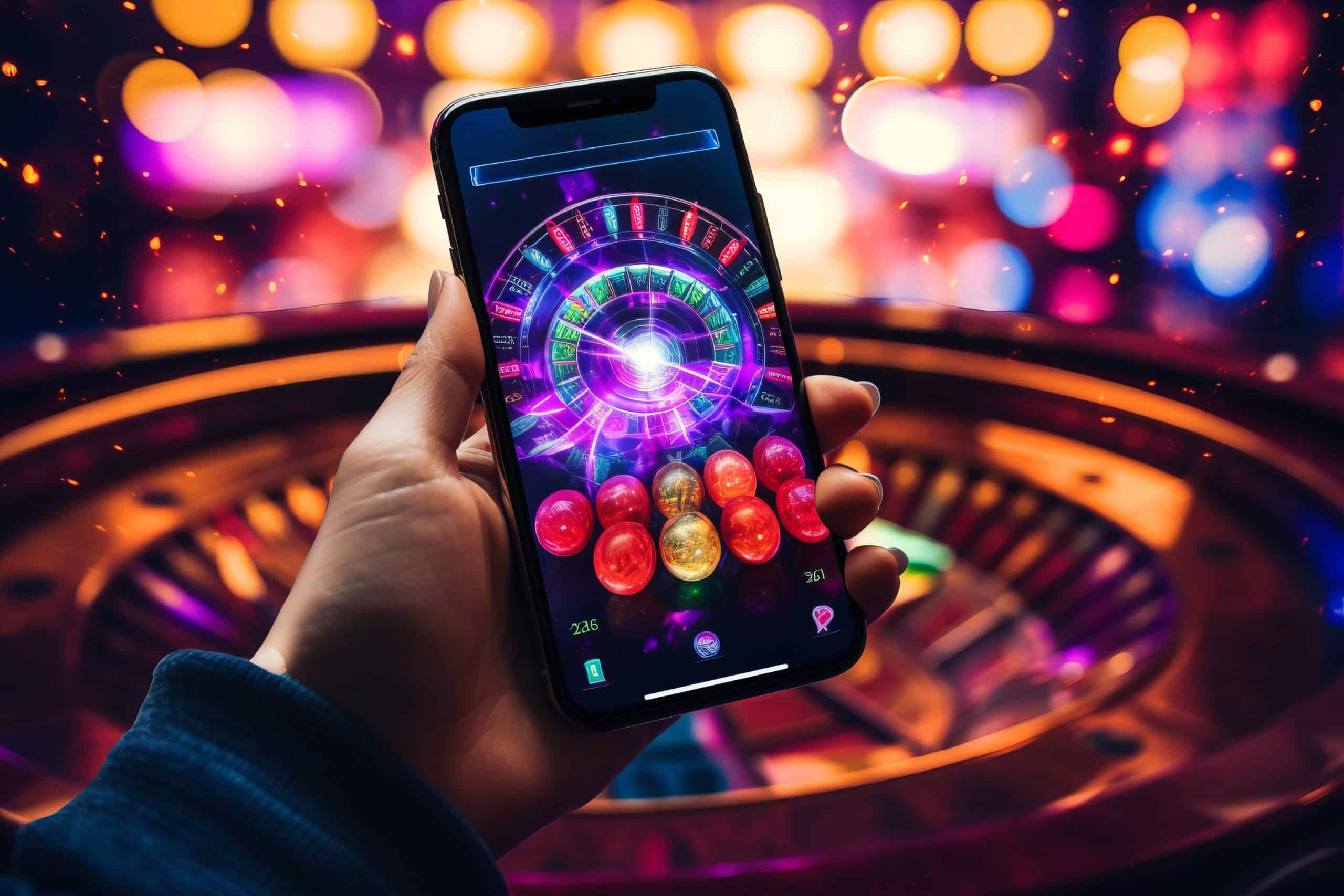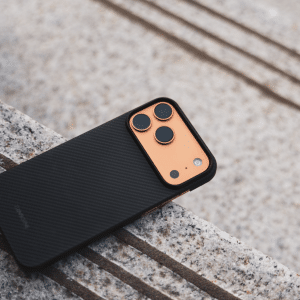Poor reception doesn’t just affect browsing speed or call clarity; it disrupts daily tasks, drains your battery, and even risks cutting you off during critical transactions.
Why Signal Strength Matters More Than You Think
A strong cellular signal is the backbone of how your iPhone communicates with the world. If you’re using your phone to access the best online casinos, for instance, poor reception could lead to disconnections mid-game, causing potential losses or interrupted withdrawals. According to casino expert Steven Brown, online casinos are available in every U.S. state through legal offshore platforms, so you can join players worldwide and enjoy your favorite games anytime. The same applies if you’re trying to stream high-definition content or work remotely while traveling.
Beyond entertainment, signal reliability is essential for emergency communication, GPS accuracy, and app functionality. You could be hiking through the Texas Hill Country or navigating the concrete jungle of a busy urban center, and signal can be your lifeline.

Check for Software Updates and Network Settings
Sometimes, the solution is easier than expected. If your iPhone’s operating system is outdated, it may not handle network connections efficiently. Apple regularly includes network performance improvements in iOS updates, so make sure your device is running the latest version. Restarting your phone can also refresh its connection to nearby cell towers, often restoring full bars after a period of low signal.
It’s also wise to reset your network settings if you’re consistently having issues. This won’t erase your data but will clear saved Wi-Fi networks and cellular preferences, giving your phone a clean slate to reestablish its connection. If you’ve recently switched carriers or changed SIM cards, incorrect settings could be to blame.
Use Wi-Fi Calling When Possible
If your cellular signal is unreliable at home or work, Wi-Fi calling can be a lifesaver. It allows your iPhone to make calls and send texts using a wireless internet connection instead of relying solely on mobile towers. Most major carriers support this feature, and you can enable it in the phone settings under “Cellular” or “Phone.”
This is especially useful when you’re in buildings with thick walls or in basements where signal tends to vanish.
Consider a Signal Booster or eSIM Plan
For people living in rural areas or traveling through remote regions, investing in a cellular signal booster can make a noticeable difference. These devices amplify the existing signal around you and rebroadcast it inside your home, car, or RV. They’re particularly helpful if you consistently get one or two bars indoors while standing next to a window.
Another modern solution is using an eSIM with a carrier that has better coverage in your area. Some iPhones allow dual SIM functionality, which means you can switch between carriers based on which offers stronger coverage wherever you are. If you’re traveling internationally, this flexibility becomes incredibly valuable.








